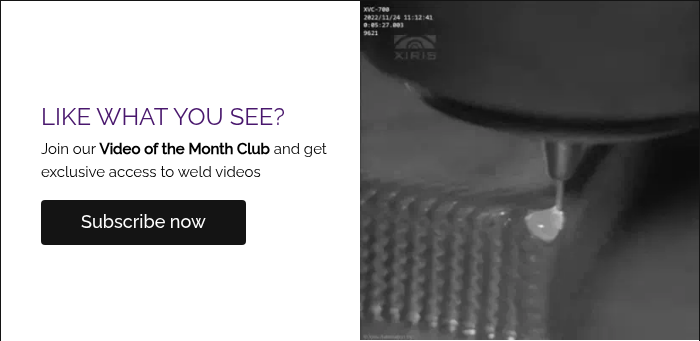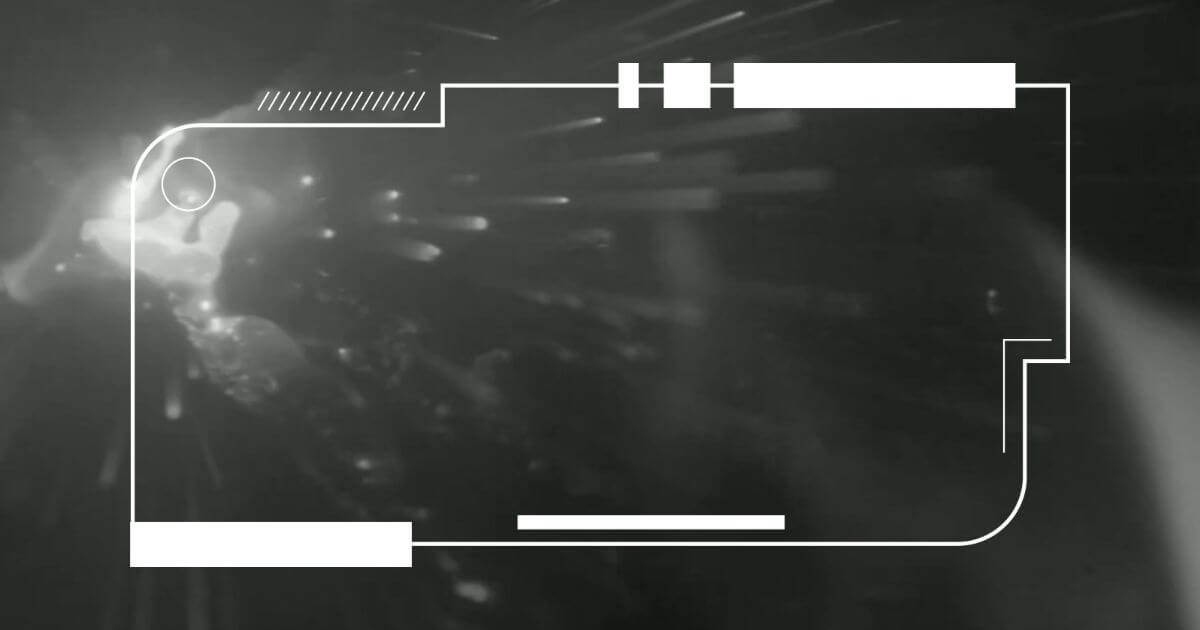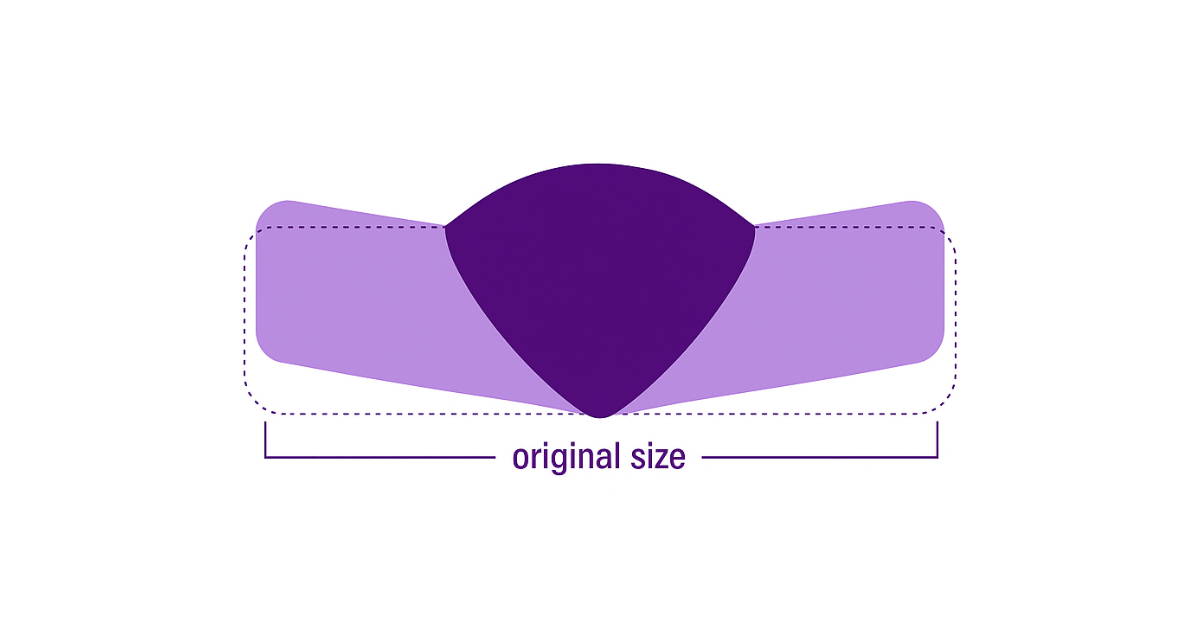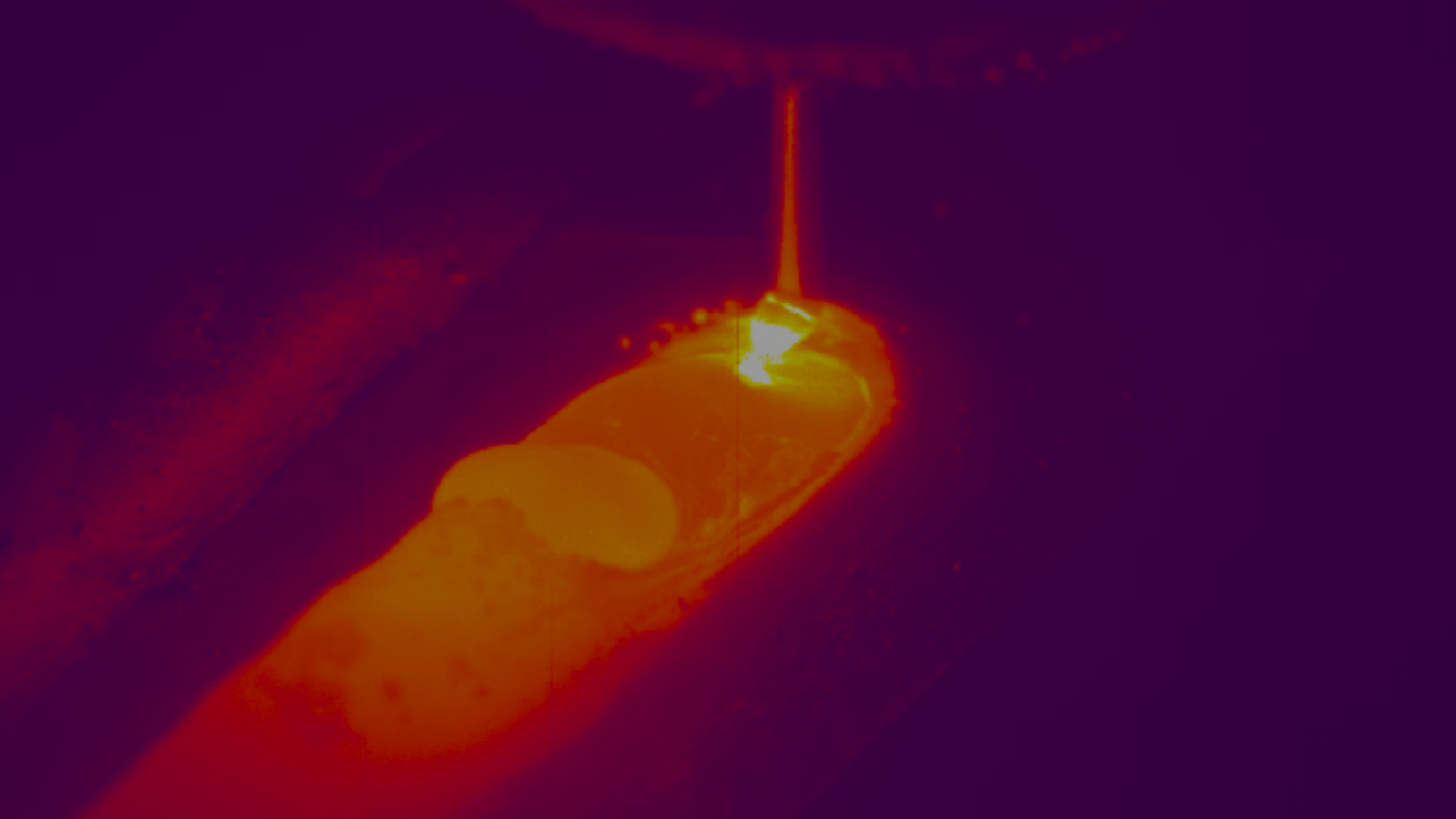Arc strikes are one of those defects that welders recognize instantly yet often underestimate. They appear as small scars on the base metal, formed when the electrode or welding arc touches the surface in an unintended spot. At first glance, they may seem minor compared to porosity or lack of fusion, but their implications reach far deeper. The localized heating changes the structure of the base metal in ways that can weaken it, especially under stress or cyclic loading. For anyone concerned with welding quality, arc strikes deserve careful attention.
This article will walk through what arc strikes are, how they affect quality, why they occur, and how both prevention and repair fit into a quality management approach.
What Is an Arc Strike?
When an arc is initiated outside the intended joint area, the concentrated heat momentarily melts the base metal. This small melted spot then solidifies quickly, leaving behind a scar with different microstructural properties than the rest of the plate. Arc strikes typically show up on the parent metal right beside the joint or on surfaces where the electrode was accidentally touched. They can also appear during setup, when the welder is adjusting equipment, or when the ground connection is poor and current flows in unexpected places.
Causes of Arc Strikes
Arc strikes don’t happen by chance. They usually stem from unstable arc initiation, poor grounding, or incorrect parameter settings. Surface contamination, worn equipment, and difficult working conditions also increase the risk. In the end, these marks come from identifiable causes that can be controlled with the right practices.
Arc Initiation Technique
The way a welder initiates the arc is one of the most direct causes of arc strikes. Touching down in the wrong spot or dragging the electrode outside the intended joint creates instant marks. New operators often struggle with this during training, but even experienced welders can slip under pressure or fatigue.
Grounding and Lead Management
The ground clamp must provide a solid, low-resistance connection. If it’s poorly placed or not secure, the current looks for alternate paths. Those alternate paths sometimes include sensitive surfaces, where they leave behind arc strikes. Proper lead management, keeping cables in good condition and avoiding tangles or loose connections, ensures current flows only where it’s intended.
Welding Parameters (MIG, TIG, Stick)
Each process has parameters that control how easily the arc starts and stabilizes. Voltage, amperage, and wire feed speed must be matched to the application. When settings are off, arc initiation becomes erratic, increasing the chance of unintended contact. A torch or electrode that sputters or hesitates at start-up is a signal that adjustments are needed.
Joint Preparation and Surface Condition
Dirty or poorly prepared surfaces complicate the start of a weld. Rust, scale, and coatings resist stable arc initiation, forcing operators to attempt multiple strikes. Each attempt increases the chance of a stray mark. Clean, smooth, and accessible surfaces provide a stable foundation for consistent starts
Operator and Environment Factors
Even the most skilled welder is affected by fatigue, poor lighting, or awkward positions. Working in tight spaces or under time pressure raises the chance of mistakes. Environmental conditions like wind or drafts can destabilize shielding gas and make control harder. Recognizing these human and environmental influences helps supervisors plan better working conditions and gives welders the tools to minimize errors.
Impacts of Arc Strikes on Welding Quality
Arc strikes affect more than just the look of a weld. They create weak spots that demand rework, slow production, and in some cases reduce structural reliability. Managing them is essential for both efficiency and safety.
Surface and Appearance Issues
Arc strikes disrupt the smooth finish of a weld and often trap contaminants that interfere with coatings. These marks stand out in projects where a professional surface is required, signaling poor workmanship. Even when harmless structurally, they can still trigger costly rework to meet quality expectations.
Structural and Performance Risks
The hardened zone left by an arc strike can act as the starting point for cracks. In high-strength steels and cyclic loading environments, even minor flaws reduce service life. Critical structures like pipelines and bridges are especially vulnerable, making removal and repair non-negotiable.
Rework and Added Costs
Removing arc strikes adds extra grinding, cleaning, and inspection steps that consume labor and materials. On large projects, repeated interruptions delay schedules and inflate costs. What looks like a small defect quickly compounds into wasted time and resources.
How to Prevent Arc Strikes
Preventing arc strikes requires both sound welding practice and effective oversight. Stable parameters create smoother starts, while clean joints and careful electrode handling reduce the chance of accidental contact. At the same time, real-time monitoring plays an important role. Weld cameras make it possible to spot irregularities in the arc as they happen, giving welders the chance to correct issues before they leave a mark. By combining proper setup, disciplined technique, and the added visibility of monitoring tools, the likelihood of arc strikes can be greatly reduced.
Adjusting Welding Parameters
Stable starts depend on the right settings. Fine-tuning voltage, amperage, and wire feed speed helps the arc ignite smoothly. Too low and the arc stutters; too high and it jumps unpredictably. Welders who understand the behavior of their process and make adjustments before work begins reduce the chance of stray arcs.
Correct Technique and Angles
Even with perfect settings, poor technique can cause defects. Consistent electrode angles, smooth hand motion and deliberate starts keep the arc where it belongs. Using run-on tabs or striking pads when available provides a safe place to initiate the arc before moving into the joint.
Proper Joint Preparation
Clean and well-prepared joints make welding easier and safer. Removing contaminants ensures that the arc stabilizes quickly. Proper fit-up reduces awkward starts that tempt the electrode to touch unintended surfaces.
In-Process Monitoring and Control
Monitoring systems provide a direct way to detect and prevent arc strikes. Xiris weld cameras, for example, capture the weld process in real time so irregularities can be identified before they develop into defects. By relying on continuous visual feedback, manufacturers gain consistent control over quality without depending solely on post-weld inspection.
How to Repair Arc Strikes
Even with prevention, arc strikes will occasionally occur. When they do, repair is straightforward but must be handled carefully. The first step is identifying the strike and assessing its extent. Some may be superficial, while others penetrate deeper. Once identified, the standard approach is to grind the area until the scar is removed and the surface contour is smooth. This eliminates the hardened zone and restores uniformity.
Sometimes refusion or controlled re-welding is needed, especially if grinding alone doesn’t fully restore the surface. This should be performed with caution to avoid introducing new issues. After repair, post-checks are critical. Visual inspection confirms that the surface is smooth and free of irregularities. In more sensitive applications, magnetic particle or dye penetrant tests may be used to confirm the absence of cracks. Documentation of repairs is good practice, ensuring accountability and traceability.
Conclusion
Arc strikes are small defects with consequences that reach far beyond appearance. They interrupt workflow, add cost through rework, and in critical cases can reduce the strength of a structure. The most effective approach is to keep them from happening in the first place. That means controlling parameters, preparing joints carefully, and maintaining consistent technique. Modern tools support this effort as well. Xiris monitoring systems and weld cameras provide real-time visibility of the welding process, making it possible to detect irregularities before they become defects. By combining sound practice with reliable monitoring, arc strikes can be managed as a preventable issue rather than an unavoidable problem.








